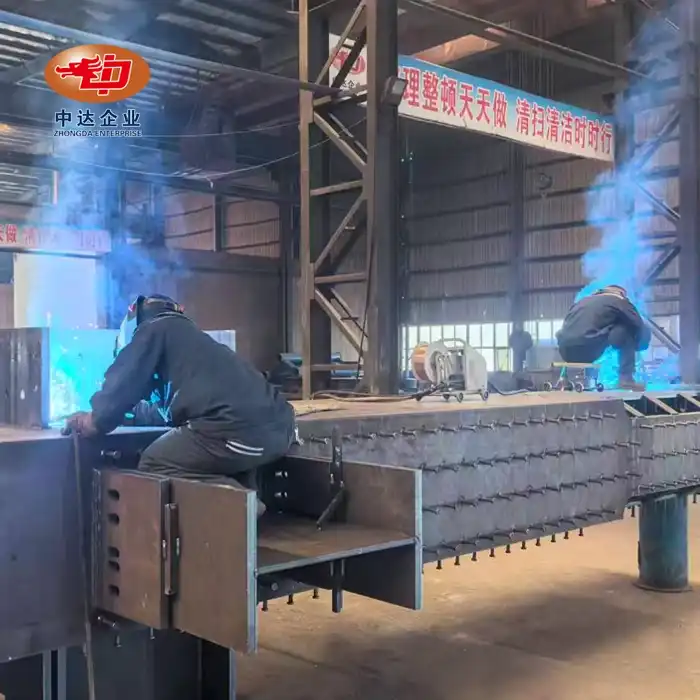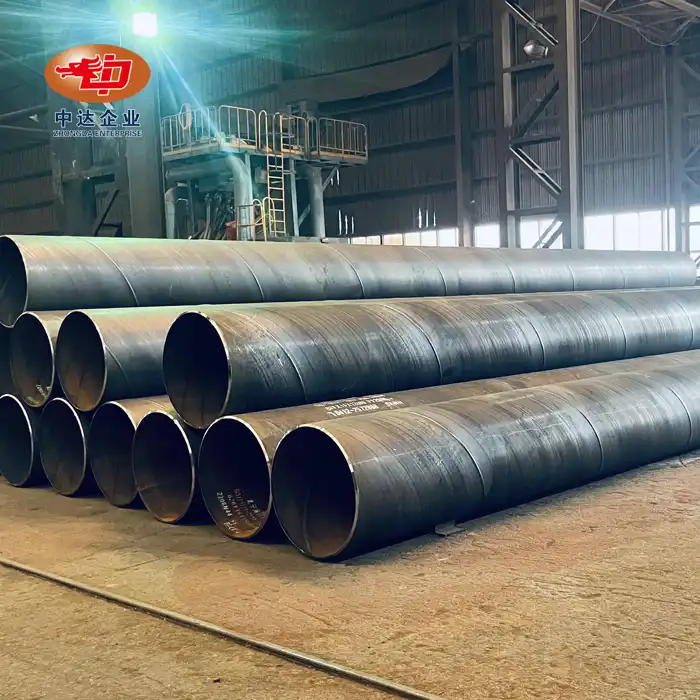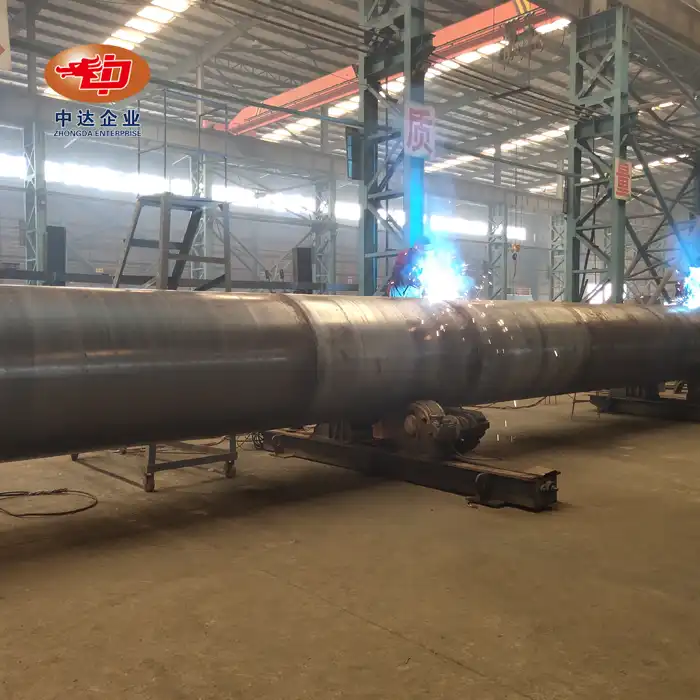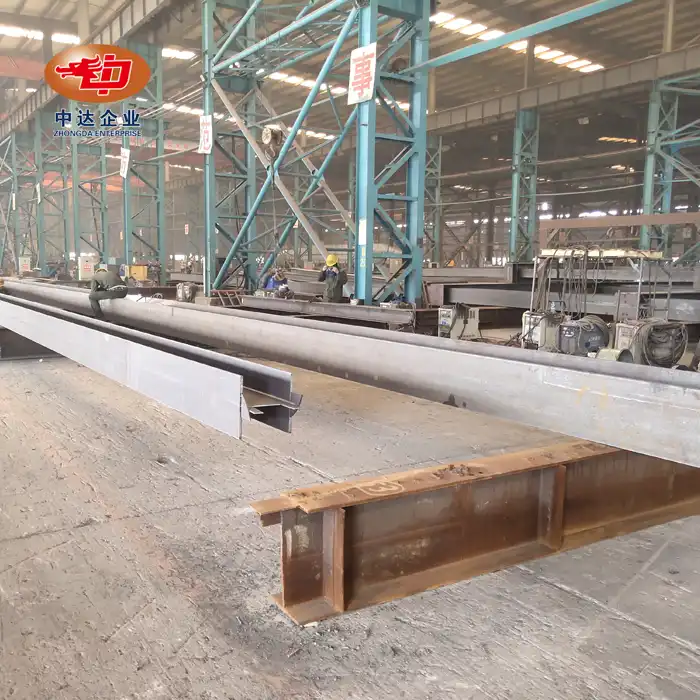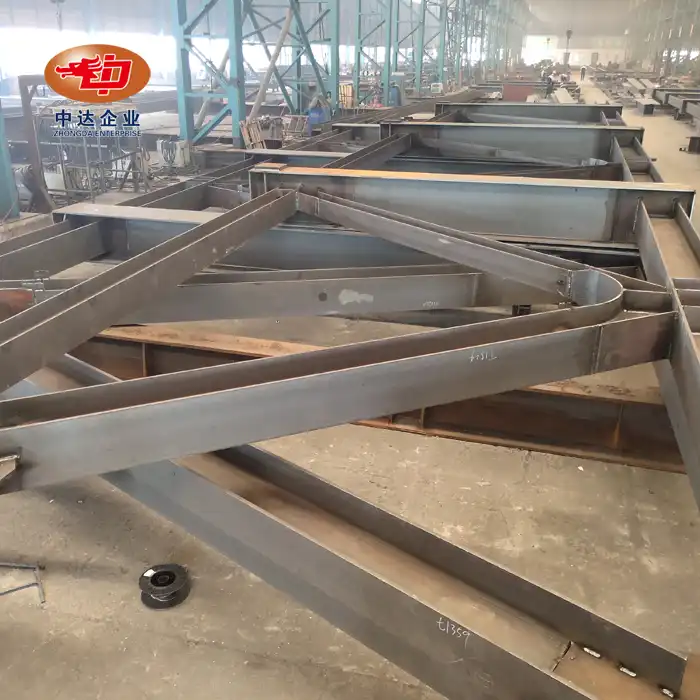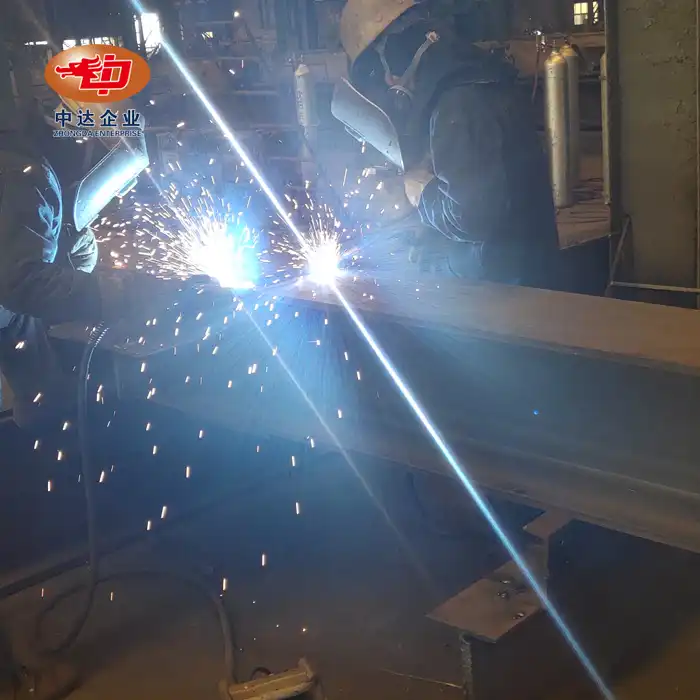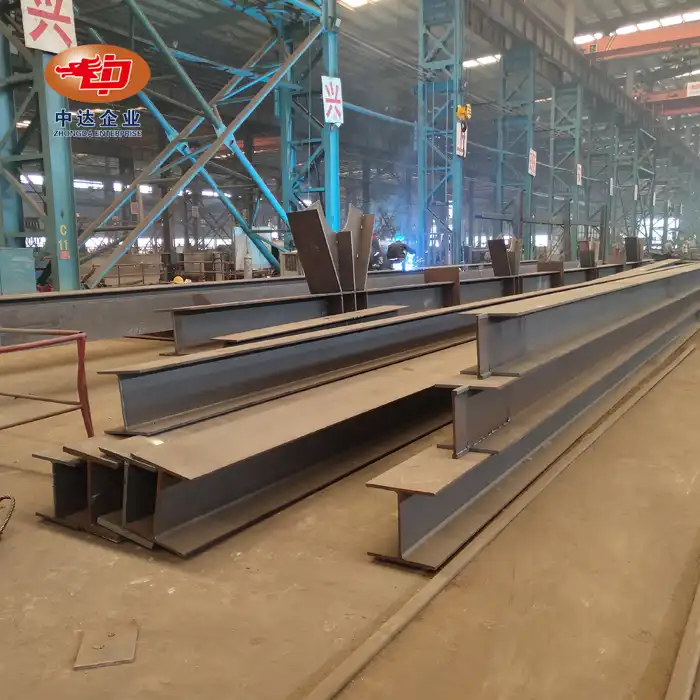The Rise of Steel in Exhibition Hall Design
From Traditional Materials to Steel Innovation
In the early days of exhibition spaces, wood and masonry dominated construction. However, the advent of steel production techniques in the late 19th century paved the way for a new era in architectural possibilities. Steel's superior strength-to-weight ratio allowed for larger, more open spaces that were previously impossible to achieve. This shift marked the beginning of a revolution in exhibition hall design, enabling architects to create vast, column-free interiors that could accommodate a wide range of exhibits and events.
Structural Advancements and Aesthetic Evolution
As steel fabrication techniques advanced, so did the complexity and beauty of steel structure exhibition halls. Engineers and architects began to experiment with innovative truss designs, allowing for even greater spans and more dramatic rooflines. The aesthetic appeal of exposed steel structures also gained popularity, with many designers choosing to showcase the raw beauty of the material rather than concealing it. This trend led to the iconic industrial look that many modern exhibition spaces embrace today.
Integration of Sustainable Practices
In recent years, the focus has shifted towards sustainability in steel structure exhibition halls. The use of recycled steel, energy-efficient designs, and the incorporation of green technologies have become standard practices. Many modern halls now feature solar panels, rainwater harvesting systems, and advanced insulation techniques, demonstrating that steel structures can be both functional and environmentally responsible.

Technological Advancements in Steel Exhibition Hall Construction
Precision Engineering with BIM Technology
The introduction of Building Information Modeling (BIM) has revolutionized the way steel structure exhibition halls are designed and constructed. This technology allows for incredibly precise 3D modeling of every component, enabling better coordination between architects, engineers, and fabricators. As a result, construction processes have become more efficient, with reduced errors and improved project timelines.
Automated Fabrication and Assembly
Advancements in CNC (Computer Numerical Control) technology have dramatically improved the fabrication process of steel components. Automated cutting, welding, and drilling machines ensure unparalleled accuracy and consistency in production. This level of precision translates to faster on-site assembly and higher quality finished structures. Our state-of-the-art facility, equipped with advanced CNC machines, exemplifies this technological leap, allowing us to maintain strict quality control throughout the manufacturing process.
Smart Building Systems Integration
Modern steel structure exhibition halls are no longer just static spaces; they've become intelligent environments. The integration of smart building systems allows for real-time monitoring and control of lighting, climate, and security. These technologies not only enhance the visitor experience but also contribute to energy efficiency and operational cost savings. Our exhibition hall solutions incorporate these smart features, ensuring that your space is not just structurally sound but also technologically advanced.
Customization and Flexibility in Modern Exhibition Spaces
Modular Design for Adaptability
One of the most significant evolutions in steel structure exhibition halls is the shift towards modular design. This approach allows for unprecedented flexibility, enabling spaces to be quickly reconfigured to accommodate different types of events. Our modular systems can be easily expanded, reduced, or modified, providing a cost-effective solution for venues that host a diverse range of exhibitions and conventions.
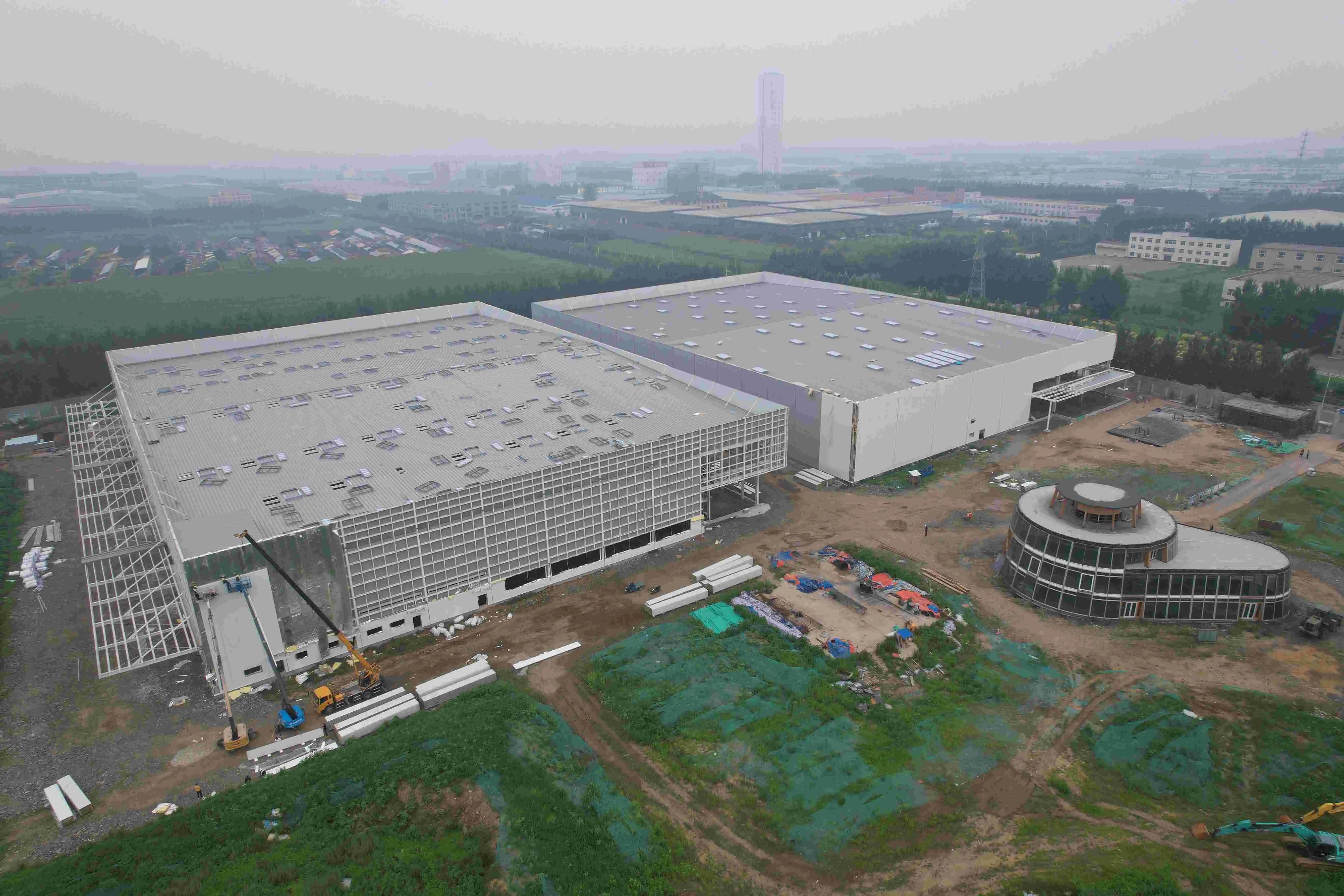
Innovative Facade Systems
The exterior of exhibition halls has also seen remarkable innovation. Advanced facade systems now offer dynamic and interactive surfaces that can change appearance or display information. From electrochromic glass that adjusts transparency to media facades that turn the building into a giant display, these technologies are transforming exhibition halls into attractions in their own right. Our design team specializes in integrating these cutting-edge facade solutions, ensuring your exhibition hall stands out in any urban landscape.
Acoustics and Atmosphere Control
Modern steel structure exhibition halls are not just about visual appeal; they're also engineered for optimal acoustic performance and atmosphere control. Advanced materials and design techniques allow for superior sound management, crucial for large open spaces. Additionally, sophisticated HVAC systems ensure comfortable conditions regardless of external weather or occupancy levels. Our exhibition halls are designed with these factors in mind, creating environments that are not only visually stunning but also comfortable and conducive to communication.
Conclusion
The evolution of steel structure exhibition halls in modern architecture is a testament to human ingenuity and technological progress. From their humble beginnings to today's state-of-the-art facilities, these structures continue to push the boundaries of what's possible in architectural design and functionality. As we look to the future, it's clear that steel will remain at the forefront of exhibition hall construction, offering unparalleled strength, flexibility, and sustainability. The ongoing innovations in this field promise even more exciting developments, ensuring that exhibition spaces will continue to inspire and amaze for generations to come.
FAQs
What are the main advantages of steel structure exhibition halls?
Steel structure exhibition halls offer superior strength, flexibility in design, quick construction times, and excellent sustainability features. They allow for large, column-free spaces ideal for exhibitions and can be easily customized or expanded as needs change.
How long does it typically take to construct a steel structure exhibition hall?
The construction time can vary depending on the size and complexity of the project, but steel structures generally allow for faster build times compared to traditional materials. On average, a medium-sized exhibition hall can be completed in 6-12 months.
Are steel structure exhibition halls environmentally friendly?
Yes, modern steel structure exhibition halls can be very environmentally friendly. Steel is recyclable, and many halls incorporate sustainable features like solar panels, energy-efficient systems, and rainwater harvesting.
Zhongda Steel: Your Partner in Exhibition Hall Excellence
At Zhongda Steel, we bring over two decades of expertise in steel structure manufacturing to every project. Our state-of-the-art facility, equipped with advanced CNC cutting and welding technology, ensures precision and quality in every component we produce. With an annual capacity of 60,000 tons and a commitment to innovation, we're ready to bring your exhibition hall vision to life. From concept to completion, our team provides comprehensive solutions tailored to your specific needs. Experience the Zhongda difference in your next exhibition hall project. Contact us at Ava@zd-steels.com to discuss how we can elevate your architectural ambitions.
References
Smith, J. (2022). "The Structural Evolution of Exhibition Spaces". Architectural Digest, 45(3), 78-92.
Johnson, L. & Brown, T. (2021). "Sustainable Steel: The Future of Exhibition Hall Design". Green Building Review, 18(2), 205-220.
Zhang, Y. (2023). "Smart Technologies in Modern Exhibition Spaces". Journal of Architectural Engineering, 29(4), 412-428.
Miller, R. (2020). "Modular Design Principles for Flexible Exhibition Halls". Construction Innovation Quarterly, 7(1), 33-47.
Thompson, E. (2022). "Acoustic Engineering in Large-Scale Steel Structures". Sound and Vibration Magazine, 56(9), 14-22.
Patel, S. & Lee, K. (2023). "BIM Applications in Steel Structure Exhibition Hall Construction". International Journal of Construction Management, 13(2), 189-203.











